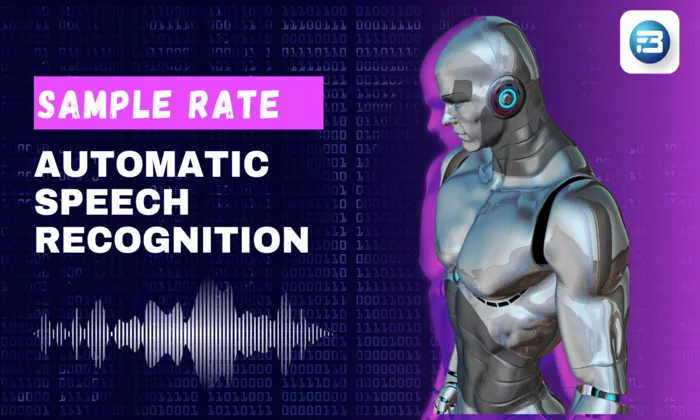What sampling rates are best for wake word audio?
Wake Word
Audio Processing
Voice Recognition
At FutureBeeAI, we understand the pivotal role that audio quality plays in wake-word detection systems. The sampling rate, a key determinant of audio clarity and model performance, is crucial for AI engineers and product managers looking to enhance voice recognition systems. Our off-the-shelf wake-word datasets and custom voice command collections are designed with this in mind, ensuring optimal performance across a diverse range of applications.
The Importance of Sampling Rate
Sampling rate, measured in Hertz (Hz), indicates how many audio samples are captured per second. For wake-word audio, a 16 kHz rate is widely adopted because it captures the vital frequency range of human speech (300 Hz to 3,400 Hz) while maintaining manageable file sizes. This balance is essential for:
- Audio Clarity: By capturing detailed audio signals, 16 kHz ensures clear wake-word recognition without unnecessary data load.
- Processing Efficiency: Lower computational demands facilitate faster processing, crucial for responsive applications.
- Model Training: High-quality training data leads to robust models capable of operating in diverse environments.
FutureBeeAI's Approach to Sampling Rates
We standardize on a 16 kHz sampling rate for most wake-word datasets, offering the best compromise between bandwidth and model performance. However, our YUGO speech data platform can provide higher rates, such as 44.1 kHz or 48 kHz, for premium audio analytics needs. Additionally, our datasets include:
- Multilingual Speech Dataset: Covering over 100 languages with diverse accents and demographics.
- Audio Data Annotation: Comprehensive metadata with speaker demographics and environment tags, ensuring rich context for AI models.
Technical Specifications and Best Practices
For optimal wake-word audio datasets, we recommend:
- Sampling Rate: 16 kHz
- Bit Depth: 16-bit
- Channel Configuration: Mono audio
- Recording Environment: Controlled settings to minimize noise
Our custom collections can address specific needs, such as unique wake words or particular dialects, via the YUGO platform, ensuring precise data tailored to your use case.
How 16 kHz Wake-Word Datasets Power Smart Homes, Cars & Apps
The strategic selection of sampling rates directly impacts the effectiveness of voice-controlled devices:
- Smart Home Devices: Systems like smart speakers rely on accurate wake-word detection to activate voice controls efficiently.
- Mobile Applications: Improved wake-word recognition enhances user interaction by minimizing response time and lag.
- In-Car Systems: Reliable wake-word datasets ensure safe, hands-free operation of navigation and entertainment systems in vehicles.
Leveraging FutureBeeAI's Expertise
Our comprehensive datasets, validated through a two-layer QA process, provide over 5,000 hours of wake-word audio across various verticals. We offer both off-the-shelf and custom solutions, positioning FutureBeeAI as your go-to partner for high-performance AI applications.
FAQs
Q: Why choose 16 kHz over 8 kHz for wake-word?
A: 16 kHz captures the essential frequency range for human speech and balances quality with file size, which is crucial for efficient processing.
Q: Can FutureBeeAI deliver 48 kHz recordings?
A: Yes, through our YUGO platform, we can provide higher sampling rates for applications requiring premium audio quality.
Key Takeaways
- 16 kHz is ideal for wake-word detection, balancing audio clarity with processing efficiency.
- FutureBeeAI's datasets offer multilingual coverage and are enriched with detailed metadata for superior model training.
- Custom solutions via YUGO cater to specific audio and demographic needs, ensuring high-quality, tailored data for AI systems.
For projects requiring comprehensive, high-quality wake-word datasets, FutureBeeAI can deliver production-ready data in as little as 2-3 weeks. Let us help you build smarter, more responsive AI solutions.
Visual Aid Suggestion:
Consider including a graph or comparison chart showing the trade-off between 16 kHz and 48 kHz for voice detection in various environments (e.g., noise conditions, battery limitations), helping readers understand why 16 kHz remains the gold standard for wake-word detection.
What Else Do People Ask?
Related AI Articles
Browse Matching Datasets
Acquiring high-quality AI datasets has never been easier!!!
Get in touch with our AI data expert now!



-data-collection/thumbnails/card-thumbnail/top-resources-to-gather-speech-data-for-speech-recognition-model-building.webp)




